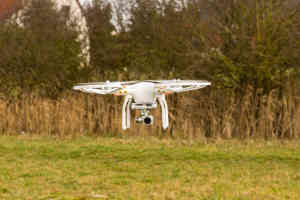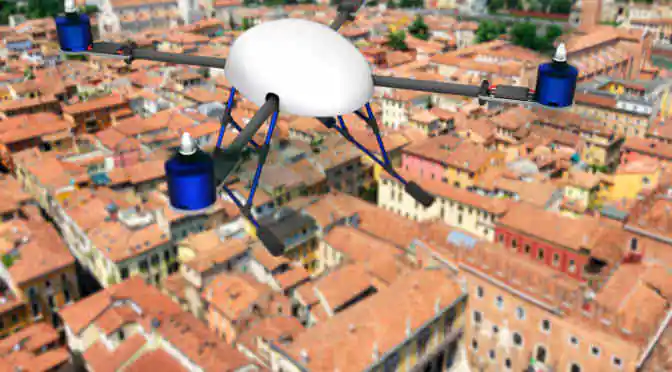What comes to mind when we think of an aerial drone is usually an advanced piece of flying tech that clicks pictures, records videos and generally serves as an ‘eye in the sky’. This idea has almost exclusively contributed to the relatability of consumer drones to just aerial photography drones.
 But, there should be more to consumer drones than being little more than glorified toys. True, the best applications for this equipment concern hobbyists and the avid gamers. However, these base functionalities can indeed be tweaked to serve more lucrative purposes.
But, there should be more to consumer drones than being little more than glorified toys. True, the best applications for this equipment concern hobbyists and the avid gamers. However, these base functionalities can indeed be tweaked to serve more lucrative purposes.
Consumer drones as low-level enablers of micro industries
Currently, the use of drones to man cameras at weddings and other such events is a popular trend. Soon, with the associative regulations in place, these multipurpose drones will be carrying much more than just a top-notch camera. Couriers, seeds for sowing, land surveying software, and high resolution tech to scan for specific elements, are just some of the specialties where drone technology will find its niche.Entrepreneurs have already put the aerial drone technology to use. They are helping out in real estate where their aerial capabilities are used to create visual tours of properties. Aerial photography drones are also creating detailed videos for marketing, reconnaissance, inspections and security. In each case, these consumer drones are flying responsibly above their intended objectives.
Consumer drone companies can empower these features by fine tuning the drone’s core functionalities. In a bid to subdue the competition, players such as DJI, Parrot, 3D Robotics, EHang, and Yuneec are improving upon the drone’s GPS stabilization, flight control software, autonomous flying technology and image/video quality. While indulging the hobbyist, these will also excel in aerial photography for which they will be employed by a resourceful entrepreneur.
Opportunities in the pipeline: The affordable drones market is set to explode!
The rapid growth of the consumer and commercial drones market has caught regulators unaware, which explains the lack of decisive regulations that will ensure that drone technology can be monetized without disrupting other systems that are already in place. Amazon’s Prime Air, a proposed package delivery system from the e-commerce giant that utilizes drones, is an ambitious step in this direction.
And, while news of aerial drones causing a nuisance across busy airways and ingenious inventions that shoot down these ‘aerial pests’ have kept the drone technology in the limelight, their business potential cannot be swept under the carpet. Recently, Kenya became the first country to officially approve the use of commercial drones, and many other countries are expected to follow suit, sooner than later.
Currently, the use of drones to man cameras at weddings and other such events is a popular trend. Soon, with the associative regulations in place, these multipurpose drones will be carrying much more than just a top-notch camera. Couriers, seeds for sowing, land surveying software, and high resolution tech to scan for specific elements, are just some of the specialties where drone technology will find its niche.
Alongside the increasing opportunities in a wide plethora of business verticals will rise the demand for robust, feature rich and affordable drones. Consumer drone companies that produce the lightest, fastest, sturdiest and most technology packed entrants will win that eventual race, but today, the opportunities are ripe to ensure a head start while the consumer drones market consolidates itself.




